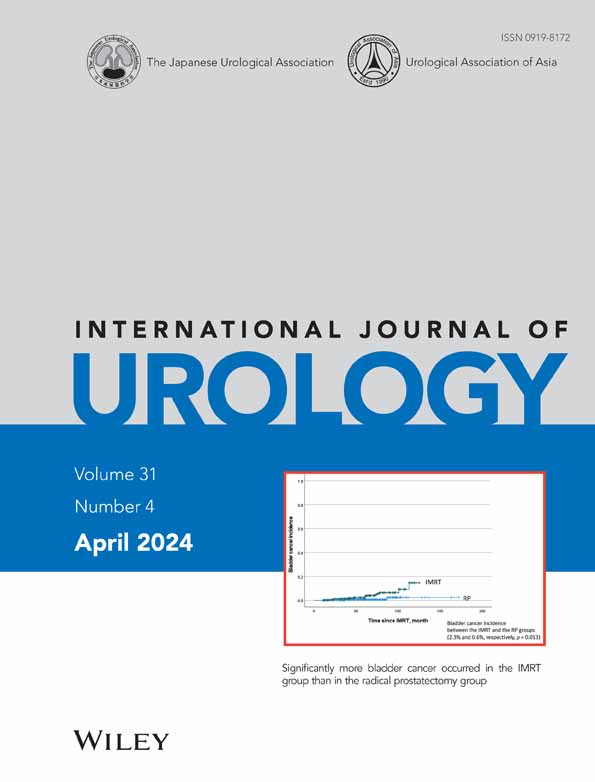Influence of tract location on the outcomes of endoscopic combined intrarenal surgery: A retrospective analysis of 1000 cases
Abstract
Objectives
This study aimed to investigate the influence of tract location on surgical outcomes in endoscopic combined intrarenal surgery (ECIRS), considering the location of residual stones.
Methods
From January 2015 to December 2021, 1417 consecutive patients underwent ECIRS in three hospitals. After excluding patients with preoperative percutaneous nephrostomy, intended multi-stage procedures, those with a tract in the renal pelvis, and those with multiple tracts, 1000 patients were retrospectively analysed by comparing three groups based on tract location: group 1 (upper calyx), group 2 (middle calyx), and group 3 (lower calyx). A multivariate logistic regression model was implemented to assess whether the tract location independently affected the stone-free status.
Results
Patient characteristics were significantly different among the groups in terms of age, stone laterality, presence of calyceal stones, and hydronephrosis. There were no differences in stone-free rate (SFR) among the three groups. Multivariate analysis indicated that the tract location (group 1 or 2 compared with group 3) did not significantly affect the stone-free status (odds ratio = 1.4, 0.9–1.9, p = 0.066). Surgical duration significantly varied among the groups, with the shortest time observed in group 1. Organ injury was observed exclusively in group 1 (1.13%). Residual fragments were predominantly found in the lower calyx, with the calyx associated with the tract being the second most common location.
Conclusions
Tract location does not significantly affect SFR. To improve the SFR, observation of the lower calyx and tract placement is important.
CONFLICT OF INTEREST STATEMENT
None declared.
Open Research
DATA AVAILABILITY STATEMENT
The datasets analyzed in the current study are available from the corresponding author upon request.




